It’s estimated that Earth is home to between 50 billion and 430 billion individual birds, distributed among more than 10,400 identified species—and potentially over 8,000 more yet to be discovered. However, around 13% of known bird species are currently considered vulnerable, endangered, or critically endangered. Scientists warn that we may be facing a mass extinction event. If human activity and climate change continue at the current pace, many species we know today may disappear in the near future.
This article introduces 64 endangered bird species, highlighting representative examples and exploring the key threats pushing them toward extinction.
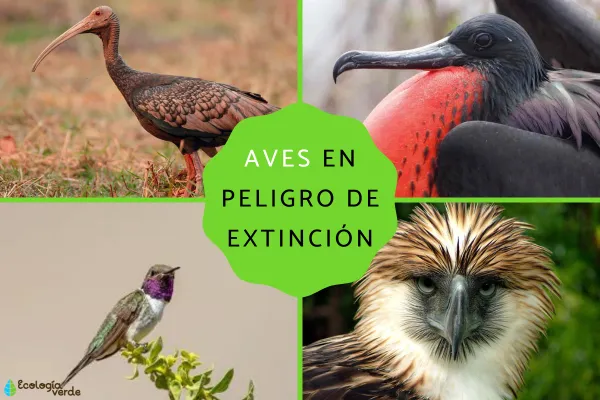
The California condor is the largest flying bird in North America, with a wingspan of up to 3 meters (10 feet) and a weight of 9–10 kg (20–22 lbs). These scavengers are monogamous and can live up to 60 years. Native to California, Arizona, Utah, and Baja California, they are critically endangered, with fewer than 500 individuals remaining in the wild and captivity combined.
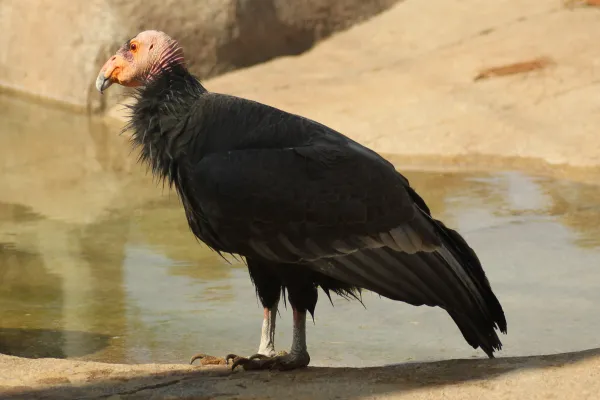
The kakapo is a flightless, nocturnal, herbivorous parrot endemic to New Zealand. Once common, its population has dwindled to around 147 individuals, protected on predator-free islands such as Chalky and Codfish under the Kakapo Recovery Program. It is also known as the world’s heaviest and only flightless parrot.

Also known as the “monkey-eating eagle,” this critically endangered raptor is the national bird of the Philippines. Originally believed to prey exclusively on monkeys, it also feeds on flying lemurs, snakes, and lizards. Females reach 1 meter (3.3 feet) in height and have a wingspan of up to 2 meters. Only fewer than 500 individuals remain.

This tropical bird is found in Malaysia, Sumatra, and Borneo, where it is heavily hunted for its valuable “hornbill ivory”, a solid casque above its beak. The bird grows up to 1.2 meters (4 feet) long, and its head can account for 10% of its body weight. It's a cultural symbol in some Malaysian communities and is critically endangered.
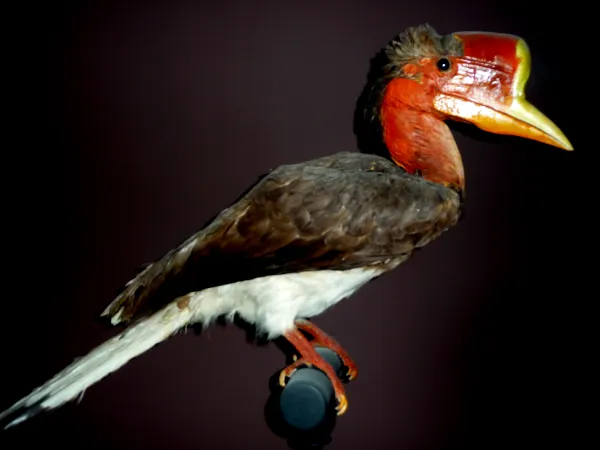
Endemic to the southern Patagonian region of Argentina and Chile, this aquatic bird was only discovered in 1974. It measures just 28 cm (11 inches) and prefers remote, windy lakes. The current wild population is under 1,000, and it rarely flies during the day, living mainly in water.
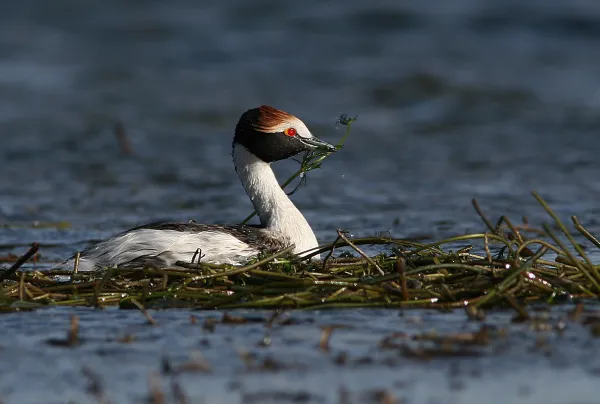
Native to Cambodia, Laos, and Vietnam, the giant ibis stands about 1 meter (3.3 feet) tall and weighs 4 kg (8.8 lbs). It uses its long beak to feed on invertebrates, fish, amphibians, and reptiles. Fewer than 200 individuals remain, making it critically endangered.
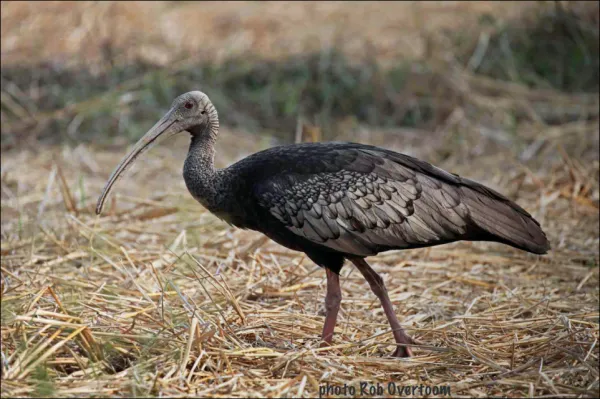
This island-endemic seabird measures around 1 meter and feeds on fish, mollusks, and crustaceans. With an estimated population of 2,400–4,800, it’s threatened by habitat loss, mining, pollution, and climate change.

At just 8 cm long and weighing 3 grams, this is Chile’s smallest bird. It’s listed as critically endangered with fewer than 250 individuals surviving in shrubs, forests, and gardens in northern Chile.
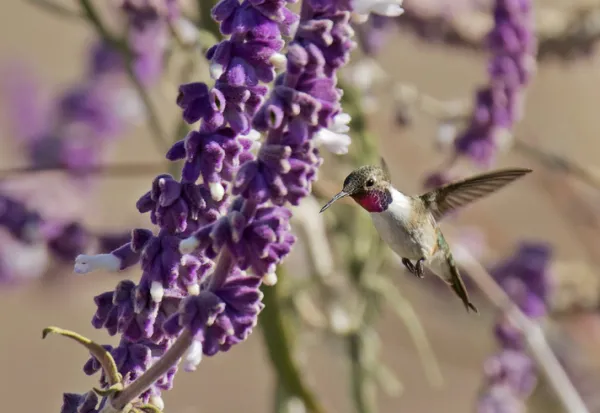
Native to Hawaii, the akohekohe is a nectar-feeding songbird, also consuming fruits and insects. With a population of under 4,000, it is considered critically endangered, mainly due to habitat degradation and disease.
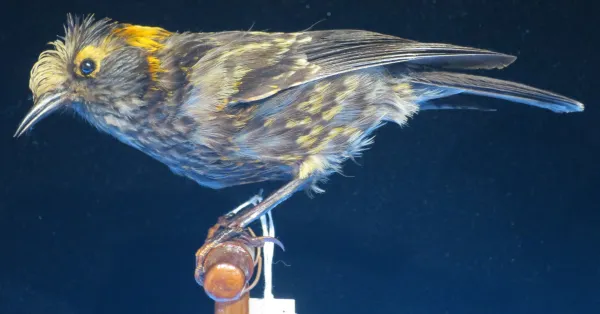
Below is a list of bird species that are currently considered highly endangered or critically endangered around the world:
Miahuatlán hummingbird (Eupherusa cyanophrys)
Scissor-tailed hummingbird (Hylonympha macrocerca)
Kagu (Rhynochetos jubatus)
Sierra sparrow (Xenospiza baileyi)
Gran Canaria blue chaffinch (Fringilla polatzeki)
Tricolored blackbird (Agelaius tricolor)
Ashy storm-petrel (Oceanodroma homochroa)
Guadalupe murrelet (Synthliboramphus hypoleucus)
Worthen’s sparrow (Spizella wortheni)
Belding's yellowthroat (Geothlypis beldingi)
Red siskin (Carduelis cucullata)
Kiritimati reed warbler (Acrocephalus aequinoctialis)
Dwarf tinamou (Taoniscus nanus)
Vinaceous-breasted amazon (Amazona vinacea)
African grey parrot (Psittacus erithacus)
Lilac-crowned amazon (Amazona finschi)
Sun conure (Aratinga solstitialis)
Short-billed black cockatoo (Calyptorhynchus latirostris)
Long-billed black cockatoo (Calyptorhynchus baudinii)
Black-fronted piping guan (Pipile jacutinga)
Horned guan (Oreophasis derbianus)
Helmeted curassow (Pauxi pauxi)
Apolinar's wren (Cistothorus apolinari)
Antioquia wren (Thryophilus sernai)
Grey crowned crane (Balearica regulorum)
Whooping crane (Grus americana)
Abbott’s booby (Papasula abbotti)
Forest owlet (Athene blewitti)
Egyptian vulture (Neophron percnopterus)
Galápagos penguin (Spheniscus mendiculus)
White-headed duck (Oxyura leucocephala)
South Island takahē (Porphyrio hochstetteri)
Black-eared miner (Manorina melanotis)
Regent honeyeater (Anthochaera phrygia)
Tahiti monarch (Pomarea nigra)
Bugun liocichla (Liocichla bugunorum)
Marquesan kingfisher (Todiramphus godeffroyi)
Red-lored amazon (Amazona lilacina)
Red-fronted macaw (Ara rubrogenys)
Sumba hornbill (Rhyticeros everetti)
Sulu hornbill (Anthracoceros montani)
Sumatran ground-cuckoo (Carpococcyx viridis)
Guadalupe storm-petrel (Oceanodroma macrodactyla)
Galápagos petrel (Pterodroma phaeopygia)
Cantabrian capercaillie (Tetrao urogallus cantabricus)
Tuamotu ground dove (Pampusana erythroptera)
Great Indian bustard (Ardeotis nigriceps)
New Caledonian owlet-nightjar (Aegotheles savesi)
Bengal florican (Houbaropsis bengalensis)
Socorro mockingbird (Mimodes graysoni)
Balearic shearwater (Puffinus mauretanicus)
Townsend’s shearwater (Puffinus auricularis)
Blue-billed curassow (Crax alberti)
Milky stork (Mycteria cinerea)
Eskimo curlew (Numenius borealis)
Most threats to birds stem directly from human activity. Below are the primary causes:
Birds are captured for the pet trade, feathers, or trophies. Species like hornbills and parrots are particularly targeted.
Domestic cats, rats, and dogs have decimated native bird populations, especially on islands where birds evolved without such predators.
Deforestation, urbanization, agriculture, and mining eliminate nesting areas and food sources.
Rising temperatures and altered rainfall patterns disrupt migration, breeding cycles, and food availability.
Light and noise pollution interfere with feeding and mating.
Water and air pollution contaminate food sources and nesting grounds.
Plastic waste ingestion leads to poisoning or death.
Glass windows, vehicles, wind turbines, electric poles, and airplanes pose constant collision risks.
Prevents proper vegetation growth, reducing nesting options and natural food supply.
Endangered birds are more than just beautiful creatures—they're critical indicators of ecosystem health. Preserving them means preserving our planet's biodiversity. As individuals, we can help by:
Supporting conservation organizations
Avoiding illegal pet or feather trades
Reducing plastic waste
Advocating for habitat protection and climate action
For more information, explore our category on [Endangered Animals] and stay informed about the global efforts to protect our feathered companions.
Bibliography
aViblog Editors. (2019). Endangered Birds: What They Are. aViblog. Available at: https://www.sexadodeaves.com/vlog/es/aves-en-peligro-de-extincion/
BirdLife International. (2020). The Bird Life International. IUCN Red List of Threatened Species. Available at: https://www.iucnredlist.org/species/22697636/181151405
James, C. (2020). The image aims to draw attention to the more than 2 billion birds and other animals killed by domestic cats each year in the United States. National Geographic. Available at: https://www.nationalgeographic.es/animales/2020/09/gatos-domesticos-mataron-a-232-animales-de-esta-foto
The Red List of Threatened Species. (2021). IUCN Red List of Threatened Species. Available at: https://www.iucnredlist.org/search?query=Amazona%20finschi&searchType=species
National Geographic Editorial Team. (2018). California Condor. National Geographic. Available at: https://www.nationalgeographic.es/animales/condor-californiano
Vives, J. (2020). If you let your cat wander the streets, it may end up killing all these animals. La Vanguardia. Available at: https://www.lavanguardia.com/natural/fauna-flora/20200925/483650274744/dejas-gato-vagando-calle-acabe-matando-animales.html
animal tags: Endangered Bird
We created this article in conjunction with AI technology, then made sure it was fact-checked and edited by a Animals Top editor.